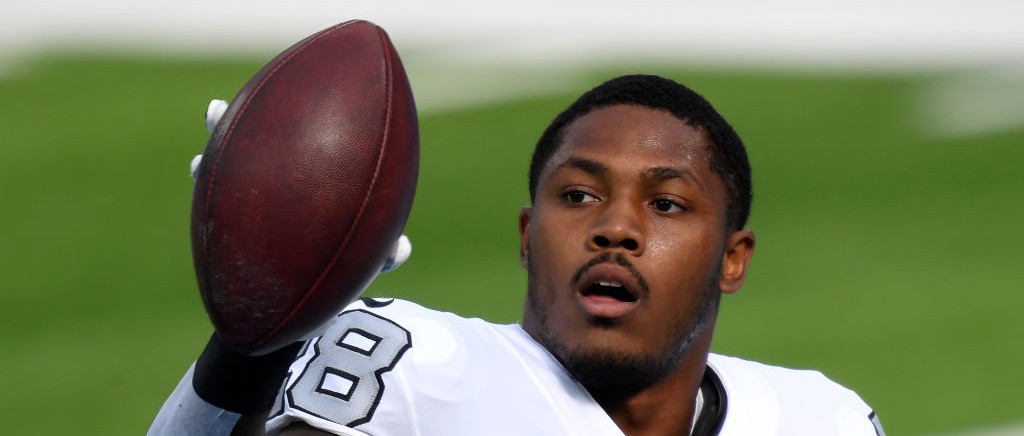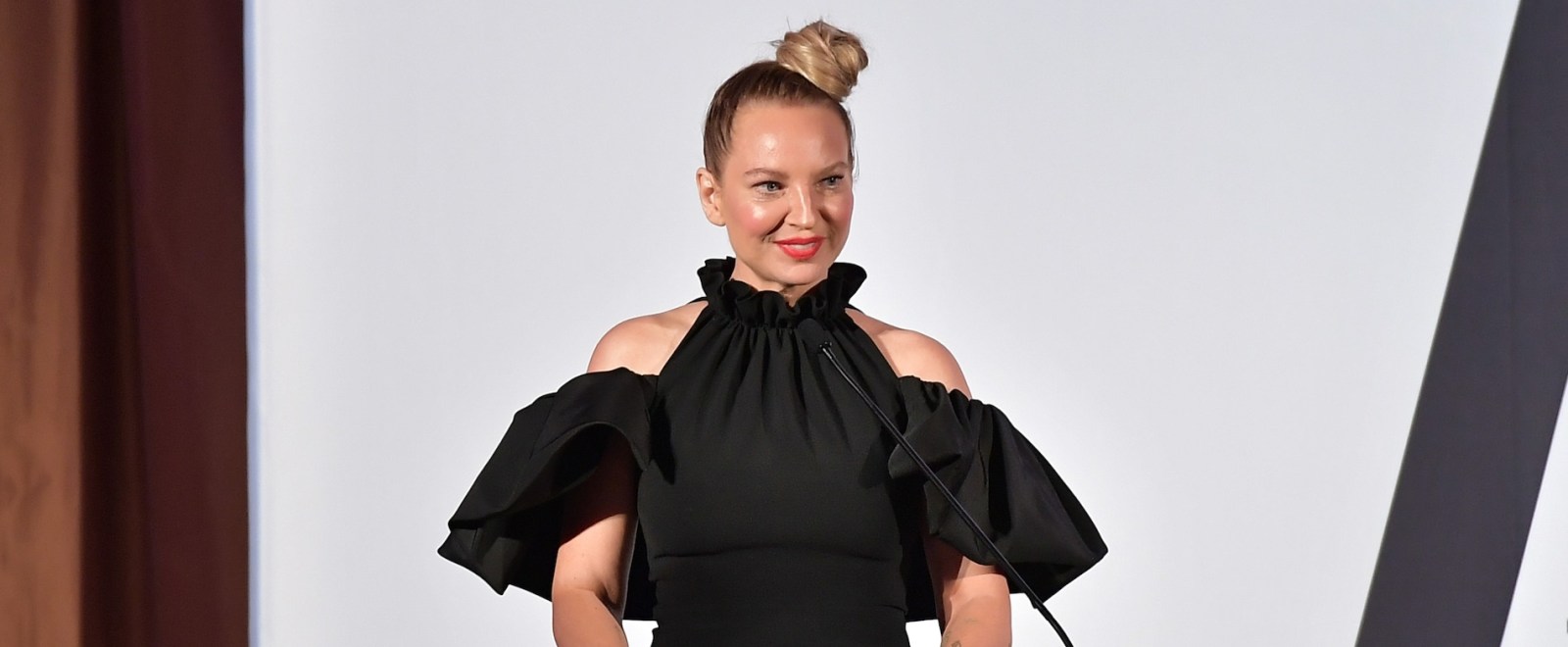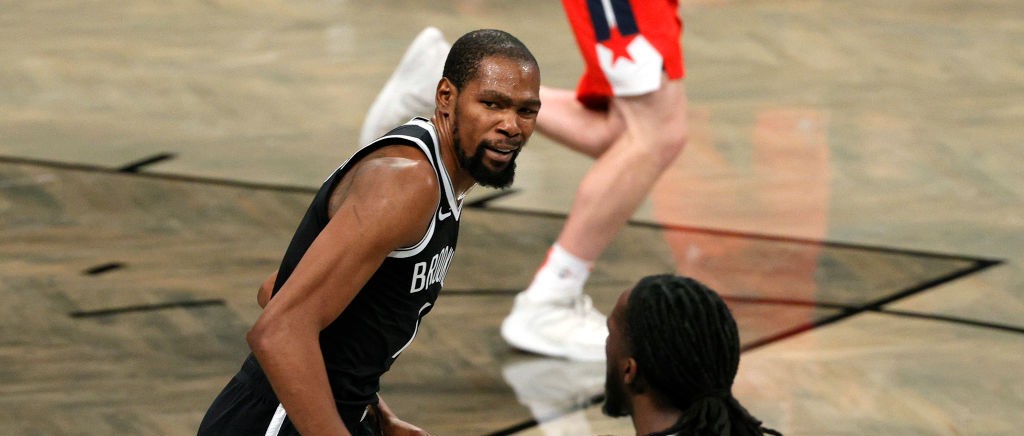
For a year and a half we have anticipated what the Kyrie Irving and Kevin Durant combination would look like in Brooklyn as the two have been teammates since July 2019 but finally got on the court together on Sunday afternoon in a preseason tilt with the Washington Wizards.
Washington was sitting their two stars, meaning we were not treated to a Russell Westbrook vs. KD showdown, but there was still plenty of intrigue into seeing Brooklyn’s stars playing together for the first time. It didn’t take long for them to show why they figure to be a lethal offensive pairing, as they combined for 33 first half points against, admittedly, one of the league’s worst defensive teams. Still, it was great to see both Durant and Irving getting going, and especially seeing Durant look an awful lot like his old self coming off of the Achilles injury.
The biggest question for Durant wasn’t whether he’d be good offensively, but more if he’d have the same burst off his first step and he answered that in a big way in the first minute of the game with a blow-by drive for a dunk.
LADIES AND GENTLEMEN, KEVIN DURANT. pic.twitter.com/uCfxFsuhav
— Brooklyn Nets (@BrooklynNets) December 13, 2020
Even if he isn’t quite as quick as he was pre-injury, Durant is still among the best at getting to his spot and once there, defenders have no chance of getting a strong contest on the 7-footer’s jump shot. That was likewise on display as he piled up 15 first half points.
𝓋𝒾𝓃𝓉𝒶𝑔𝑒 pic.twitter.com/gxtyoU4fnB
— Brooklyn Nets (@BrooklynNets) December 13, 2020
As for Irving, who missed much of last year with a shoulder injury, he was dynamic, showing off his dribbling skills and ability to, likewise, get to his spots and hit shots — as well as set up his teammates with good looks.
This is what he does.@KyrieIrving
pic.twitter.com/VitwbM4IQc
— Brooklyn Nets (@BrooklynNets) December 13, 2020
Too smooth.@KyrieIrving
pic.twitter.com/se54ZhCnaQ
— Brooklyn Nets (@BrooklynNets) December 13, 2020
Kai using that high glass
pic.twitter.com/ZgVXd8W905
— Brooklyn Nets (@BrooklynNets) December 13, 2020
The two even showed a little of their connection that the Nets hope will foster into one of the league’s most dynamic 1-2 combinations.
7-11 is 𝐎𝐏𝐄𝐍 pic.twitter.com/N1rIFeM9TD
— Brooklyn Nets (@BrooklynNets) December 14, 2020
Kyrie had 18 points and four assists in the first half, as he and Durant likely will see most of the second half from the bench as Steve Nash called for them to play around 20 minutes each in the preseason opener and they each played 17 in the first half. The Wizards are not the ideal litmus test for how a team will look against a solid NBA defense, but this was more about seeing if Irving and Durant looked back to their usual selves coming off injuries and that, no matter the opponent, certainly appears to be the case.
Also, for those wondering, it didn’t seem like Irving’s request for four post touches per half was granted, but the Nets offense still looked spectacular.

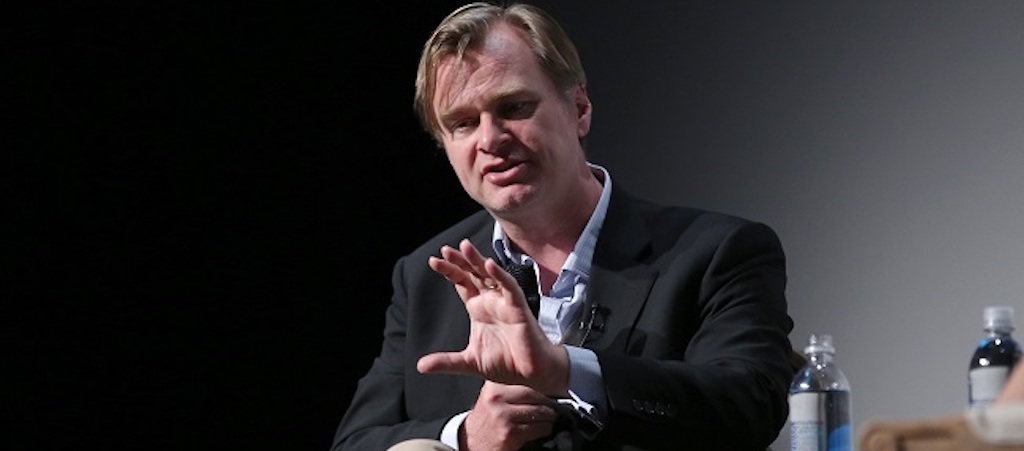
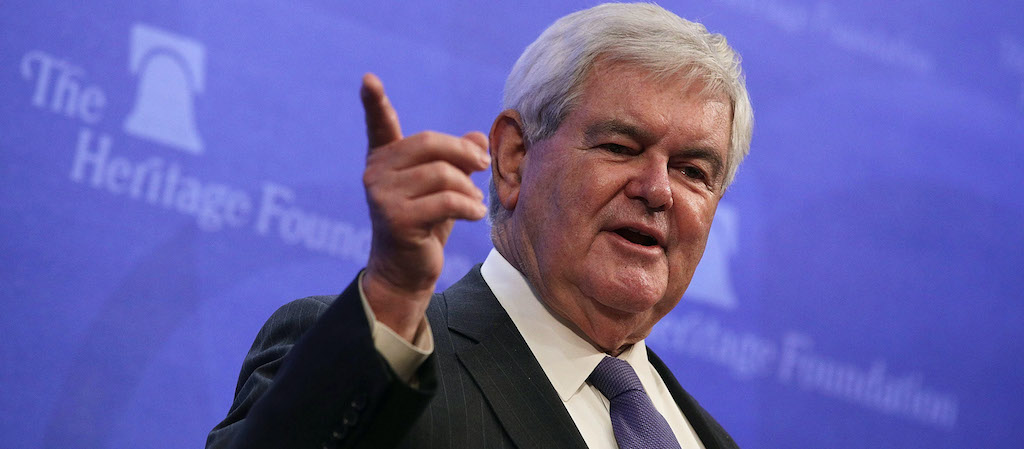

 ) (@JoyAnnReid)
) (@JoyAnnReid) 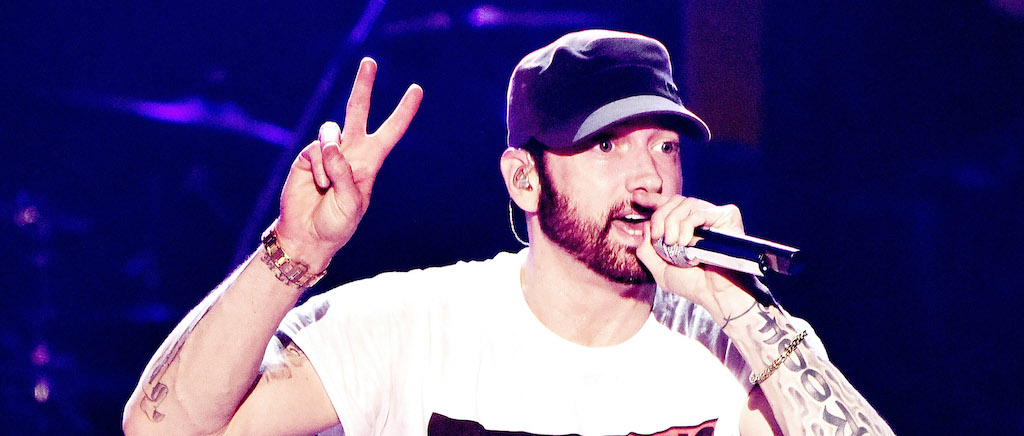

 Music To Be Murdered By (DELUXE)
Music To Be Murdered By (DELUXE) Eminem
Eminem 12.18.20
12.18.20 



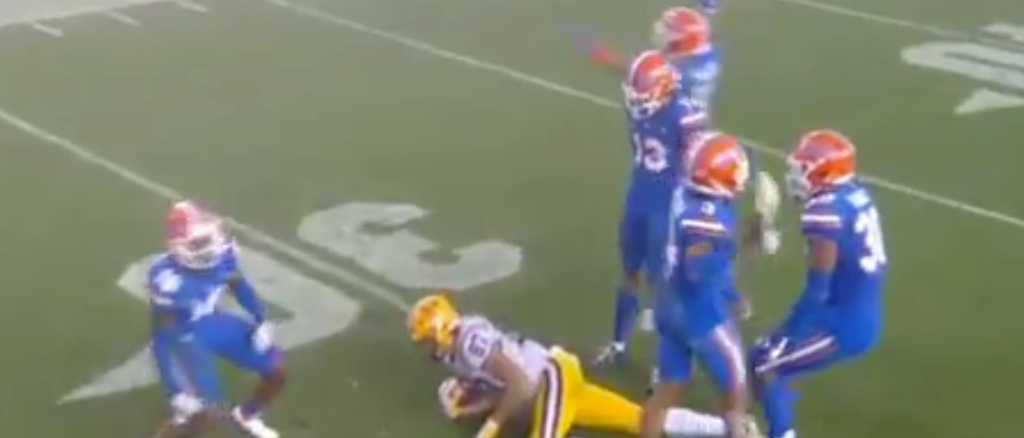
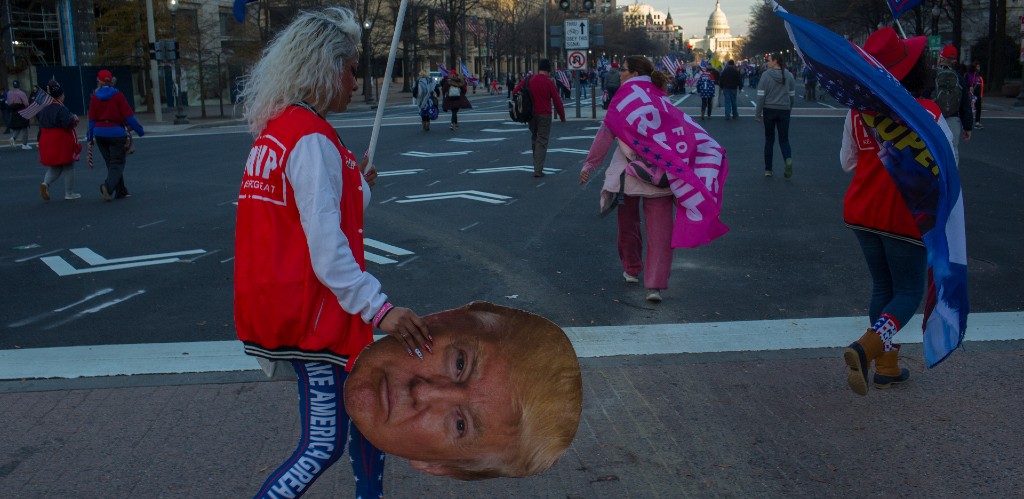

 #BidenHarris/KHive | he/him/his (@Rhinocerization)
#BidenHarris/KHive | he/him/his (@Rhinocerization)  :
:  (@davidhogg111)
(@davidhogg111) 